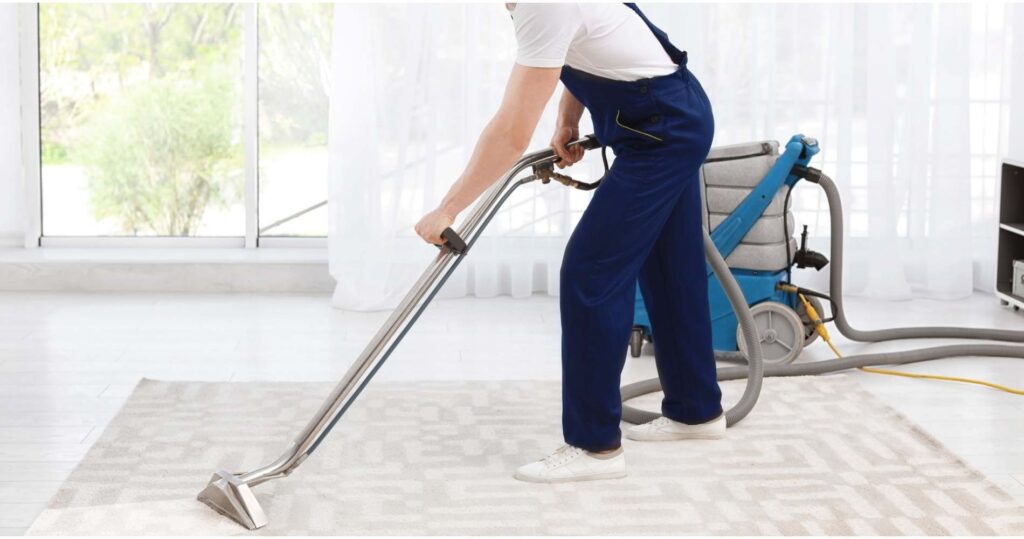If you took a survey of your neighbourhood – maybe even a couple of hundred houses in your vicinity – and asked them which pests or insects they despise the most, and which ones they’re most scared of, you’d probably find that rodents – that is rats and mice – take out the number one spot in the results.
They’re ugly, and they just look dirty, disgusting, and feral.
But beyond their uninviting appearances, and their reputations written in story books through the ages, rodents are a serious concern for one key reason: disease.
One transmission vector that can be harmful to other members of your household aside from humans is the concept that wild rodents like rats and mice can actually transfer infections to domestic pets, like hamsters and guinea pigs.
Hantavirus is the most commonly described transmission from feral rodents. Unfortunately hantavirus is a relatively fatal disease, with the CDC reporting that it carries a fatality rate as high as 38%. The problem is made worse by the fact that its initial symptoms are relatively benign – usually beginning with just fatigue, fever, and muscle aches.
Hantavirus and other diseases spread by rats and mice is usually transmitted through breathing in dust that is contaminated with rodent urine or droppings – but it can also happen by way of direct contact with an infected rodent. And – even more rarely – are bite wounds from rodents, but, owing to their infrequency, this is typically not a suspected path of primary infection.
Rats and mice are typically described as carrying over 35 different types of diseases – each of which can have an impact on humans with severity ranging from mild symptoms to fatality.
The way that you know you have a rat or mouse problem is usually indirect to begin with.

You wouldn’t usually come home and find your home suddenly overrun by rodents – it happens bit by bit, starting with just one or two rodents who’ve made a small corner of your home into their very own little love nest.
We were told by experienced rodent technicians that the most common signs of rodent activity are:
- Seeing rodent droppings. When they’re fresh, they’re moist – but dry quickly. You’ll see them around the house quite soon after rodents move in, and this is the time to take action against them.
- Chewed holes. If you see chewed holes in baseboards, or cupboard doors, it’s probably rodents.
- Pets going crazy. If suddenly your cats and dogs start getting far more excited than normal, it’s probably because something is exciting them – and there’s a pretty high chance that it’s rodent activity – especially if you’ve seen other signs around the house, or if you hear sounds at night in your ceiling.
Early action against rodents is highly effective, and will prevent the spread of potentially harmful diseases in both humans and domestic pets.
In the present privacy-cognizant world, Artificial Pee has arisen as a dubious yet significant device for people looking for privacy in personal tests and screenings. Here . . .
In the vibrant community of Fredericksburg, VA, residents take pride in their homes and invest in maintaining the beauty and cleanliness of their living spaces. . . .






